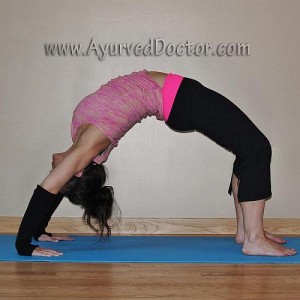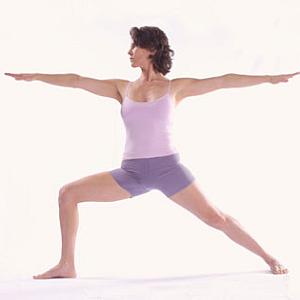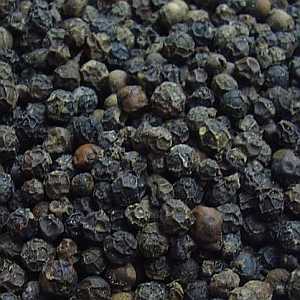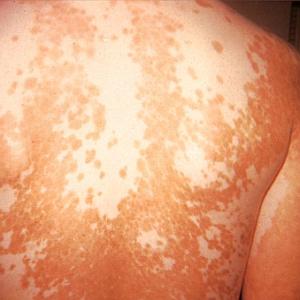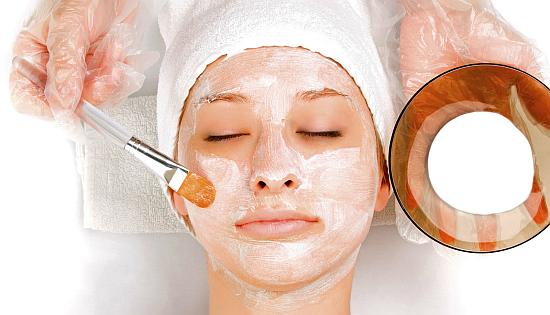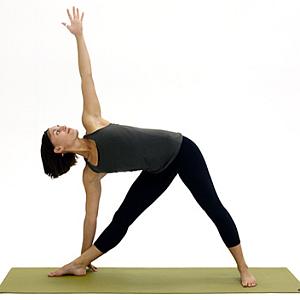 Trikonasana is known as triangle pose since Tri in Sanskrit means three, Trikona means triangle. Meaning of asana is pose or seat. The various yoga schools have marginally differing views on Trikonasana and its performance procedure. An article appeared in Yoga Journal on Trikonasana, with five leading Hatha yoga tradition teachers giving instructions on the asana. The five were from Shivananda Yoga, Iyengar Yoga, Kripalu Yoga, Ashtanga Vinyasa Yoga and Bikram Yoga. The instructions from each one varied slightly regarding the body positioning in Trikonasana. The main reason is that many yoga sources do not treat Trikonasana as a separate asana but list it under Utthita Trikonasana or Extended Ttriangular Pose. However, the basic fact remains that Trikonasana has its variations like Utthita Trikonasana, Baddha Trikonasana or bound triangular pose and Parivrtta Trikonasana or revolved triangular pose, etc.
Trikonasana is known as triangle pose since Tri in Sanskrit means three, Trikona means triangle. Meaning of asana is pose or seat. The various yoga schools have marginally differing views on Trikonasana and its performance procedure. An article appeared in Yoga Journal on Trikonasana, with five leading Hatha yoga tradition teachers giving instructions on the asana. The five were from Shivananda Yoga, Iyengar Yoga, Kripalu Yoga, Ashtanga Vinyasa Yoga and Bikram Yoga. The instructions from each one varied slightly regarding the body positioning in Trikonasana. The main reason is that many yoga sources do not treat Trikonasana as a separate asana but list it under Utthita Trikonasana or Extended Ttriangular Pose. However, the basic fact remains that Trikonasana has its variations like Utthita Trikonasana, Baddha Trikonasana or bound triangular pose and Parivrtta Trikonasana or revolved triangular pose, etc.
Procedure for Performing Trikonasana
You can do Trikonasana in two parts, facing left first and facing right afterwards. You should stand with your feet kept apart by one leg length. Your knees should remain straight without bending. You should turn your right foot completely towards the outside, but the left foot should be turned inwards to about 45o. Your heels should be kept in line with your hips. You should spread your arms to your sides, keeping them parallel to the ground, with your palms facing down. You should extend your trunk as far as possible towards the right, but only to the extent where you feel comfortable, but the arms should remain parallel to the floor. When your trunk is extended fully to the right, you should drop your right arm so that it reaches and touches the shin or an area or block on the floor to the left side of your right foot. The palm should be down, but flexed.
At this stage, you should extend your left arm vertically, while you gently twist your trunk and spine counterclockwise, which is turning them slowly upwards to your left side, since they are nearly parallel to the right. You will have to use the extended arms as levers in this procedure since the spine should remain parallel to the ground during this maneuver. You should now stretch your arms as far away as possible from one another. Your head should usually be turned to gaze on your left thumb, which will slightly intensify the spinal twist. After holding this position for 4-5 breaths, you should return to your standing position and repeat the bend towards the left side.
Variations
The major variations of Trikonasana are Utthita Trikonasana or extended triangular pose, Baddha Trikonasana or bound triangular pose, Baddha Parivrtta Trikonasana or bound revolved triangular pose, Supta Trikonasana or reclining triangular pose, and Parivrtta Trikonasana or revolved triangular pose. However, all the yoga traditions provide only minor differences between these variations and the placement of your lower hand on the ground appears as the reason for these differences, though the different schools do not lay too much emphasis on this aspect. In fact, one yoga school, Satyananda Yoga, describes Trikonasana as a set of 4-5 different asanas that you should perform in a particular sequence.
Benefits of Trikonasana
Trikonasana enhances the flexibility of your spine, corrects shoulder alignments and relieves the backache, indigestion, gastritis, flatulence, and acidity. The asana massages and tones up the pelvic organs, assists in treating neck sprains, strengthens the ankles, tones the ligaments in the arms and legs, reduces stiffness in the shoulders, neck, and knees, and corrects the effects of faulty postures or sedentary lifestyle. In fact, the book from Shivananda Yoga Vedanta Centre mentions that Trikonasana can reduce significantly or even entirely eliminate lower back pain, improve your appetite, digestion and blood circulation, and tone up the abdominal organ and spinal nerves. Another yoga master, Swami Satyananda Saraswati maintains that Trikonasana alleviates nervous depression through the stimulation of the nervous system, tones up the reproductive organs, and strengthens the pelvic region.
Cautions and Contraindications for Trikonasana
If you already have problems with your lower back, the side bend can cause a few issues. Persons with disc herniation will find the twisting quite challenging and even painful. Even people with vertigo issues, dizzy spells or high blood pressure should not look down towards the ground if they do this asana or turn their heads. If you have cervical spondylosis, you should not look upwards for a longer period. If you have a cardiac problem, you can practice against a wall, but should not raise the arm, but allow it to rest on your hip. If you have stress related problems like migraine, headaches, diarrhoea, eye strain, psoriasis, low blood pressure, depression, varicose veins or extreme fatigue should not practice Trikonasana. Further, you should avoid this asana if you are already suffering from any type of back conditions.
The Trikonasana is one of the toughest asanas, and you should practice it only under the proper guidance of a trained yoga master.

